While iOS 17 speculation is already in full swing, there is still a handful of features that Apple has announced, but not yet released for iPhone and iPad users. There are new Apple Pay and Apple Card features on the way, updates to Safari, and much more. Head below as we round up all of the previously announced features still coming for iPhone and iPad…
Apple Pay Later
Apple is ramping up its initiatives in the personal finance sector, and one of its most anticipated new features in this category is something called Apple Pay Later. Announced at WWDC 2022, Apple Pay Later will allow you to split Apple Pay purchases into four equal payments with zero percent interest, spread across six weeks.
The Apple Pay Later feature is similar to competitors like Affirm and Klarna, two of the companies leading a modern wave of “buy now, pay later” platforms. Apple, however, touts that its platform will be “seamless and secure,” with integration into the Apple Wallet application and zero fees.
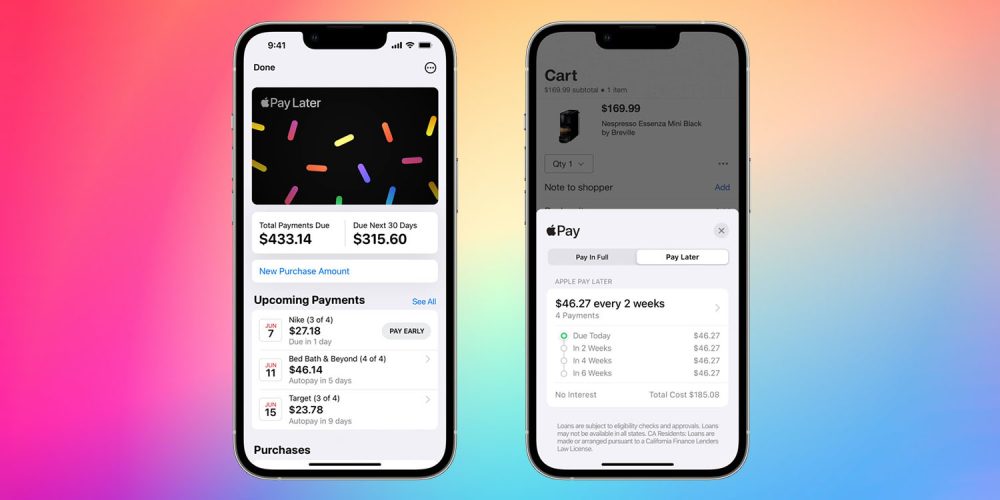
When Apple Pay Later was announced at WWDC 2022, there was no clear timeline for when it would be available to customers. The feature was not included in the initial release of iOS 16 and hasn’t been added with any of the subsequent software updates. Bloomberg reported that the feature faced “fairly significant technical and engineering challenges.”
Once it launches, Apple Pay Later will be “available everywhere Apple Pay is accepted online or in-app” to “qualifying applicants in the United States.”
Apple Card Savings Account
Continuing with the focus on financial services, Apple has also announced it will integrate a high-yield savings account directly into the Wallet application for Apple Card users. This feature was announced in October, with Apple saying it would be available sometime “soon.” Given that Apple Card is only available in the United States, the new savings account will also be limited to the US.

Apple Card Savings Account will allow you to automatically deposit your Daily Cash rewards into the account. It will fully integrate with the Apple Wallet applications, allowing you to track the balance and growth of the account over time and even make additional deposits via a linked bank account.
Apple Card Savings Account will be operated in partnership with Goldman Sachs, which is also Apple’s partner for the Apple Card itself. There’s no word on what exact percentage rate the account will pay out in interest, but Goldman’s existing online savings account offers an annual percentage yield of 3.30%.
Next-generation CarPlay

At WWDC, Apple unveiled what it described as the “next generation of CarPlay.” This is a feature, however, that even Apple acknowledged would not be available for quite a while, despite the initial announcement at WWDC 2022.
The new CarPlay interface is a dramatic overhaul compared to what is currently offered. It will offer support for multiple screens within your car and be able to deeply integrate with your car’s hardware. Essentially, this new CarPlay design can completely replace the manufacturer’s own digital interfaces:
- Speed, fuel level, temperature, and more on the instrument cluster
- Control the radio or change the climate directly through CarPlay
- Personalize the driving experience by choosing different gauge cluster designs
- With widgets, users will have at-a-glance information from Weather and Music right on their car’s dashboard
This is a big undertaking by Apple, and it will require close cooperation with automakers looking to adopt the new CarPlay interface. Apple says that more information will be “shared in the future” and that we can expect the first vehicles with support for the new CarPlay design sometime late this year.
Apple Music Classical
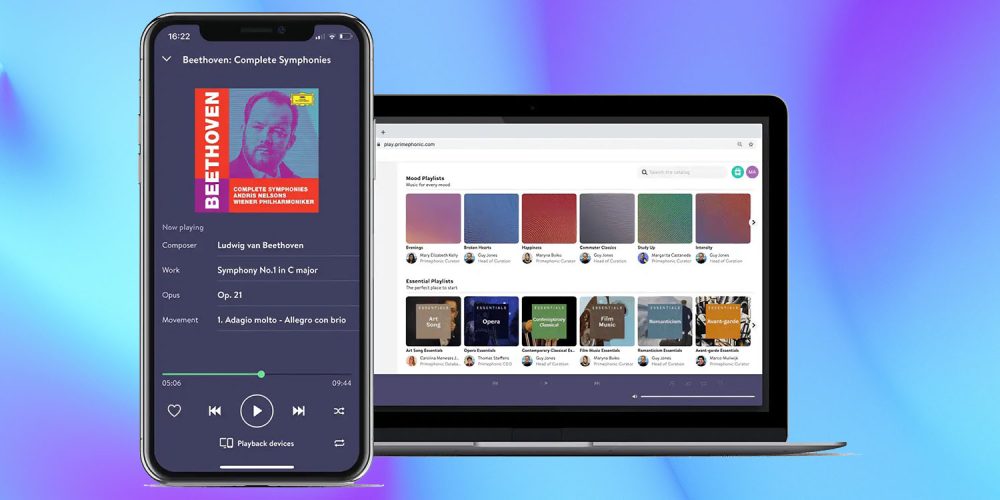
Ah, yes, Apple Music Classical. This isn’t necessarily a feature specific to iOS 16, but it’s something that Apple said would be available in 2022… and wasn’t. Apple acquired the classical music service Primephonic in 2021, immediately removing the app from the App Store and integrating the content into its own Music app.
Apple also promised, however, that it would release a “dedicated classical music app” sometime in 2022, “combining Primephonic’s classical user interface with more added features.” This didn’t come to fruition in 2022, and Apple is silent on when the app will launch.
At this point, we’re starting to question whether Apple Music Classical has been scrapped (or significantly scaled back in scope), given Apple’s silence on the matter. The good news is that references to the service have been spotted in iOS code. Hopefully, we’ll get an update soon.
Web push notifications
Here’s something that has largely flown under the radar since it was officially announced: support for web push notifications for Safari on iOS and iPadOS. This was announced at WWDC last year, with Apple saying that Safari on iPad and iPhone would support push notifications from websites for the first time.
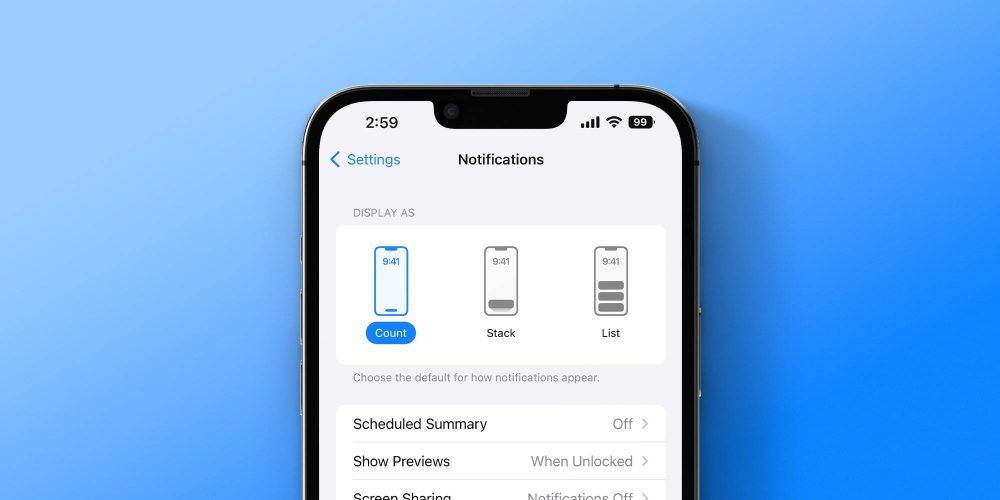
Support for web notifications in Safari has been available on the Mac for several years but has remained notably absent on iPhone and iPhone. What jogged our memory on this feature was a post on Mastodon from Jen Simmons, who works as an Apple Evangelist on the company’s Web Developer Experience team.
In the post, Simmons asked users to share their “favorite web apps” that they’ve added to the Home Screen of their iPhone. This could signal Apple’s continued work on web push notifications for iPhone and iPad, as well as maybe some other improvements to how progressive web apps work on Apple’s platforms.
Apple says that support for web notifications on iPhone and iPadOS will be available sometime in 2023. The feature hasn’t yet materialized in betas of iOS 16.
New Home architecture
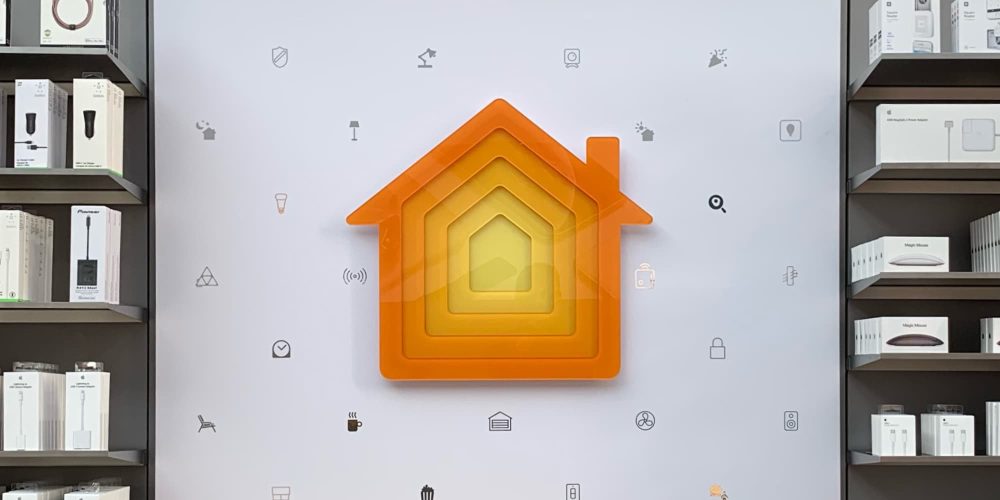
With iOS 16.2 in October, Apple introduced a new opt-in architecture for HomeKit that it said offered “improved performance and reliability of the accessories in your home.” As it turned out, that wasn’t the case, and the new architecture had the opposite impact for many users who opted into the change.
In response to the backlash and complaints, Apple ended up pulling the new architecture altogether last month. The company said in a statement:
We are aware of an issue that may impact the ability for users to share the Home within the Home app. A fix will be available soon. In the meantime, we’ve temporarily removed the option to upgrade to the new Home architecture. Users who have already upgraded will not be impacted.
There’s no official word on when Apple plans to re-implement this new HomeKit architecture. Evidence within recent iOS beta releases, however, shows the company is continuing to work on the platform.
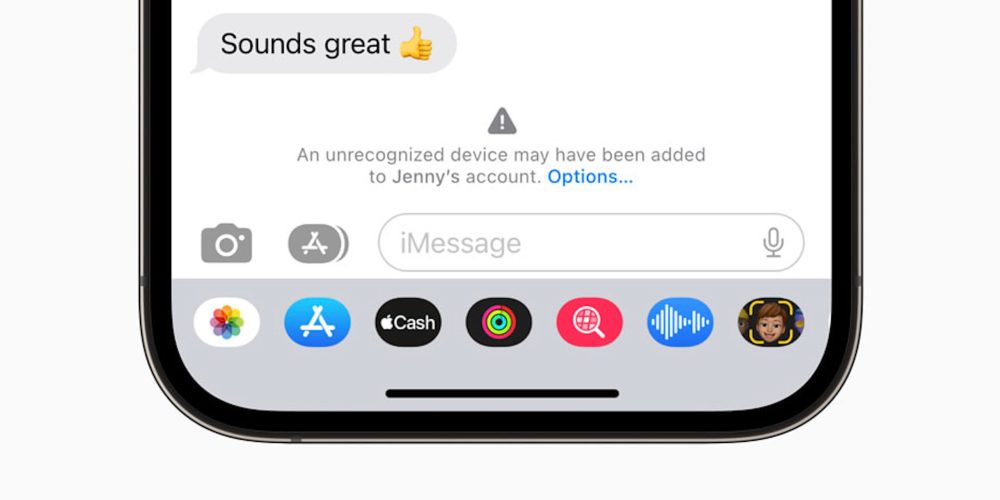
Finally, there’s one security and privacy-focused feature that Apple has already announced is coming sometime this year. iMessage Contact Key Verification is designed for “users who face extraordinary digital threats,” including journalists, human rights activists, and members of government.
The feature works by giving those users a way to further verify that they are messaging with the people they intend. Apple explains:
The vast majority of users will never be targeted by highly sophisticated cyberattacks, but the feature provides an important additional layer of security for those who might be. Conversations between users who have enabled iMessage Contact Key Verification receive automatic alerts if an exceptionally advanced adversary, such as a state-sponsored attacker, were ever to succeed breaching cloud servers and inserting their own device to eavesdrop on these encrypted communications. And for even higher security, iMessage Contact Key Verification users can compare a Contact Verification Code in person, on FaceTime, or through another secure call.
iMessage Contact Key Verification will be available “globally” sometime in 2023, Apple says.
iOS 16.4 likely coming soon…
iOS 16.3 was released to everyone this past week with a handful of features and changes, specifically targeting the HomePod. Now that this update has been released, we expect the company to begin beta testing of iOS 16.4 soon — potentially within the next few days.
Whether or not iOS 16.4 includes any of these features remains to be seen, but here’s hoping it does.
FTC: We use income earning auto affiliate links. More.






